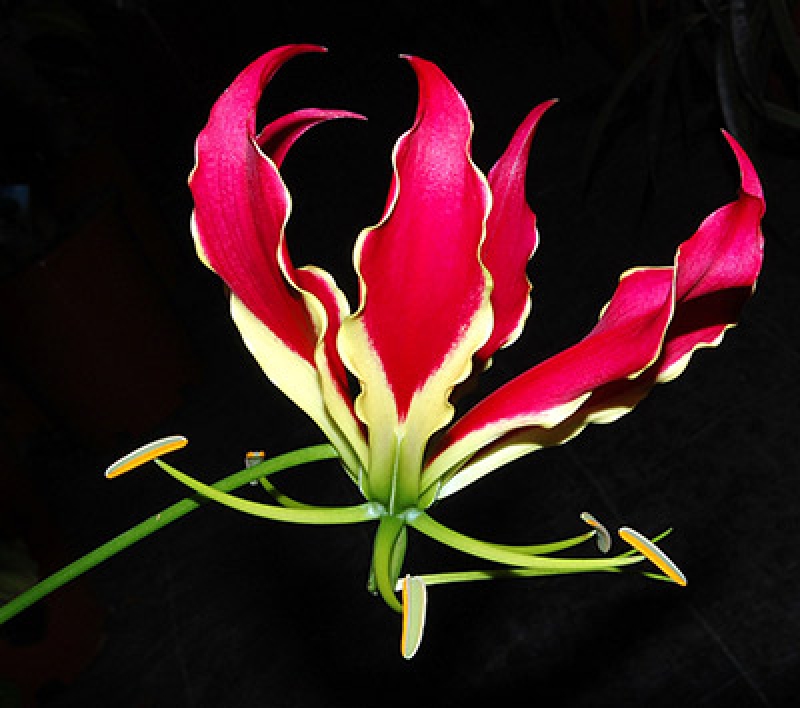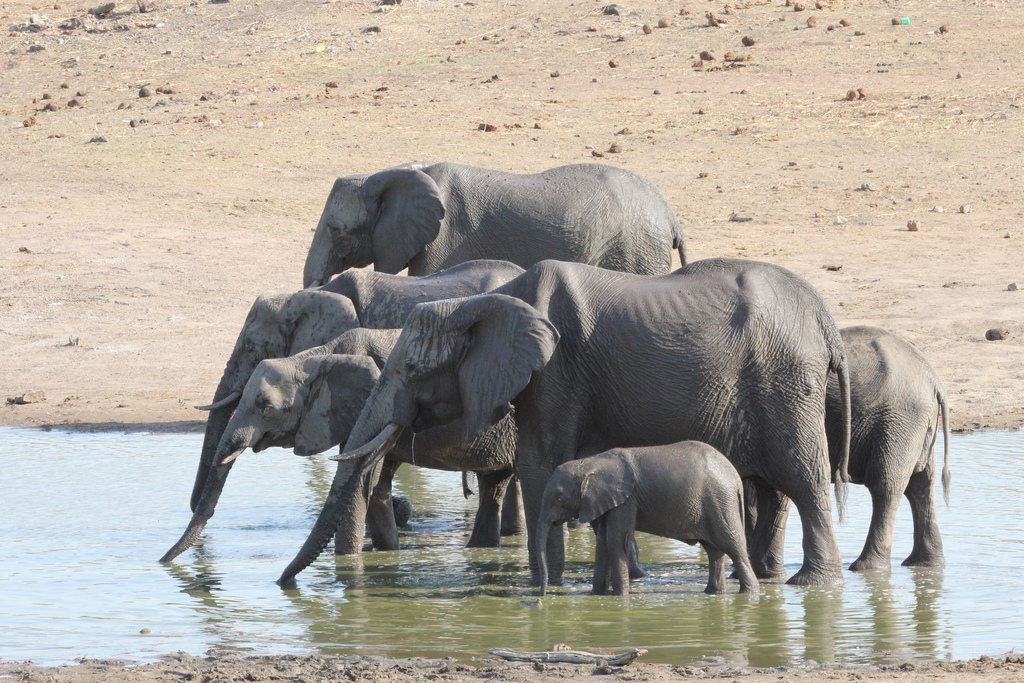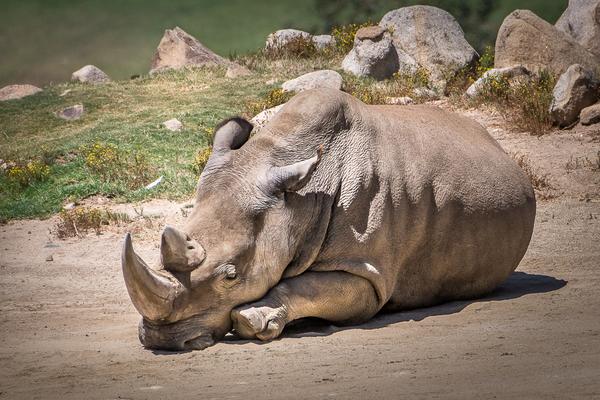China Stealing Zimbabwe’s Baby Elephants
Baby elephants are being abducted from Zimbabwe’s National Park, smuggled to Chinese zoos
Most of the young elephants will probably die on the boat ride over to China
The Zimbabwe Conservation Task Force says that the baby elephants “quite likely won’t survive the trip.” And even if they do, Chinese zoos aren’t exactly known for treating animals very well.
Poachers are obviously a huge problem, however the smuggling of live animals has also reached a crisis point, in part because some countries seem to care very little about the provenance of wildlife. Money and bribes seem a better way forward or else countries simply don’t have the means or the will to enforce wildlife protection laws. A very sad example of this comes from Zimbabwe.
The Hwange National Park in Zimbabwe is supposed to be a protected area for wildlife, but the Zimbabwe Conservation Task Force (ZCTF), a non-profit wildlife conservation group, has issued a quite disturbing report claiming that animals in the National Park are being abducted to be shipped to Chinese zoos (which have been known to put some of their animals on the menu and to let rare Siberian tigers starve to death when the money got tight)
Now eye-witness reports from tourists visiting the park are coming in about blatant live captures of the baby elephants. The youngsters are then taken to Mtshibi Capture Unit about 7 kilometres from Hwange’s Main Camp.
From reports, 34 baby elephants between the ages of 2 ½ and 5 years old, 7 lions and about 10 sable antelope have been captured in order to be shipped out but investigators were not allowed to get close enough to the capture unit to take photographs as there is very high security.
It is expected that the animals will be shipped by container trucks to Maputo in Mozambique where they will be transferred to a livestock freighter and sent on an arduous sea passage to China.
In further reports, one of the 36 elephants captured by the Zimbabwean government in early December has already died, according to a nonprofit organization monitoring the situation.
The Zimbabwe Conservation Task Force reported the news on its Facebook page, adding that the animal’s “meat was shared out between the people” at the stockade where the elephant was being kept.
Animal rights groups have already begun to take a stand. In a letter to Zimbabwe’s environmental minister (Saviour Kasukuwere) Adam M. Roberts, CEO of the Born Free Foundation, had warned that the stolen animals were likely to experience extreme stress, an increased risk of disease and early death.
Removing these animals from the wild also severs social ties and has “serious implications for both animal welfare and conservation,” Roberts noted in the letter.
Officials with the Zimbabwean government took the 36 elephants — originally thought to be 34 (Above) from Hwange National Park in December and while they are apparently destined for Chinese Zoos, Kasukuwere told the Telegraph that they would be sent to the United Arab Emirates, and that such roundups happen “from time to time.”
Elephants are prone to obesity and infertility when kept captive and also suffer mental anguish. Roberts cited a 2008 study of 77 captive elephants in the U.K. Though keepers were “highly skilled at detecting health issues such as injuries and disease,” 3 quarters of the elephants were overweight and half showed strange behavior like repetitive pacing around their enclosure.
Regardless of whether the elephants will end up in China or the UAE, when it comes to the wildlife trade, the reputation of both countries is, broadly speaking, much different than the U.K.’s.
Private owners in the UAE collect lions as a status symbol while Chinese demand for ivory is putting unsustainable pressure on elephants in the wild. It is believed that of four live elephant calves shipped to China from Zimbabwe in 2012, only one is believed to still be alive.
https://www.facebook.com/pages/ZCTF-Zimbabwe-Conservation-Task-Force/246013052094585



